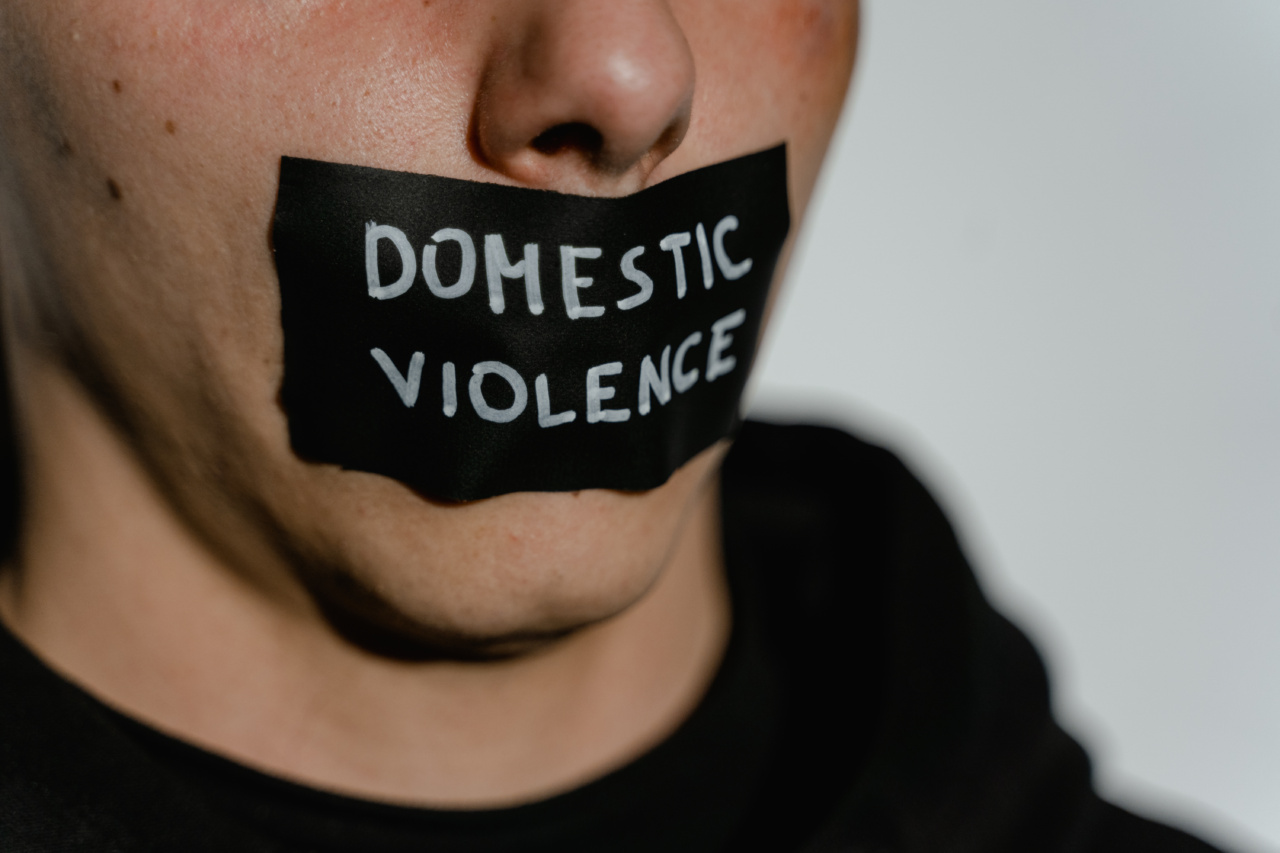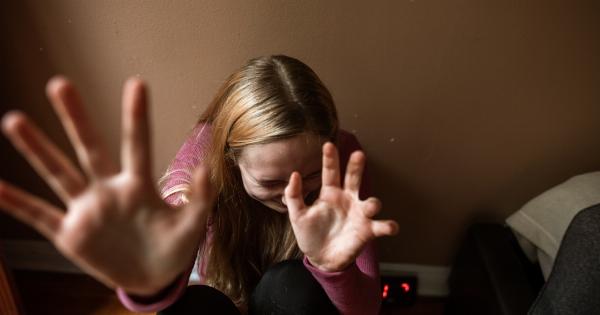Violence is an unfortunate reality in today’s world, and Europe is no exception. According to recent studies, an alarming one in ten people in Europe face physical abuse at some point during their lives.
This shocking statistic highlights the urgent need for action and intervention to combat this widespread problem and ensure the safety and well-being of all individuals in the region.
The Scope of the Issue
The prevalence of violence in Europe is deeply concerning. Whether it be domestic violence, street violence, or violence in public spaces, it knows no boundaries and affects people from all walks of life.
However, it is essential to note that violence does not only occur between strangers; it often occurs within personal relationships, making it even more challenging to address and combat.
Domestic Violence
One of the most prevalent forms of violence in Europe is domestic violence. It denotes any form of abuse that occurs within a close relationship, be it between spouses, partners, or family members.
Shockingly, statistics reveal that at least one in three women in Europe have experienced physical violence or sexual abuse by a partner during their lifetime.
Domestic violence not only inflicts physical harm, but it also has severe psychological and emotional repercussions on the victims.
The trauma and fear experienced by these individuals often lead to long-lasting effects on their mental health, self-esteem, and overall quality of life.
Street Violence
Street violence is another significant concern that plagues many European countries. This form of violence includes assaults, muggings, and gang-related activities that occur in public spaces.
It not only threatens the safety and security of individuals but also instills fear and undermines community cohesion.
Areas with high levels of street violence often experience social unrest, economic decline, and diminished opportunities for residents.
Addressing this issue requires concerted efforts from law enforcement agencies, community leaders, and policymakers to create safer environments and reduce the risk of violence.
The Role of Socioeconomic Factors
Violence in Europe is deeply rooted in various socio-economic factors. Poverty, unemployment, discrimination, and inequality contribute to the perpetuation of violence in many communities.
Individuals living in marginalized and disadvantaged neighborhoods are often at a higher risk of becoming victims or perpetrators of violence.
To effectively address violence in Europe, it is crucial to acknowledge and tackle these underlying issues.
Implementing policies aimed at reducing poverty, promoting equal opportunities, and eradicating discrimination can help create a more inclusive society where violence is less likely to thrive.
The Importance of Education and Awareness
Education and awareness play a vital role in addressing violence in Europe. By promoting a culture of respect, tolerance, and gender equality, societies can work towards preventing violence from occurring in the first place.
Schools, community centers, and social institutions must incorporate comprehensive programs that teach individuals about healthy relationships, non-violent conflict resolution, and the impact of violence on individuals and communities.
Raising awareness about the available support services for victims of violence is equally important. Many individuals suffer in silence due to a lack of knowledge about where to seek help.
By educating communities about helplines, shelters, and counseling services, we can empower survivors to break free from the cycle of abuse and facilitate their journey towards healing and recovery.
The Role of Legislation and Law Enforcement
Strong legislation and an effective criminal justice system are crucial in the fight against violence in Europe. Adequate laws must be in place to punish perpetrators and protect victims.
Law enforcement agencies also play a critical role in ensuring the safety and welfare of communities by actively preventing and responding to violent incidents.
Furthermore, cross-border collaboration is essential to address violence in Europe comprehensively.
Sharing best practices, intelligence, and expertise between countries can help develop a coordinated response to combat violence and improve the safety and well-being of individuals across the region.
Supporting Victims and Breaking the Cycle
Supporting victims and breaking the cycle of violence is essential to overcoming this significant issue in Europe.
Initiatives such as helplines, counseling services, and shelters provide much-needed support to survivors, offering a safe space and necessary resources to start anew. Governments and non-governmental organizations must invest in these services and ensure their accessibility to all individuals affected by violence.
Furthermore, providing rehabilitative programs for perpetrators can contribute to preventing future instances of violence.
Recognizing the underlying causes of violence and addressing them through therapeutic interventions can go a long way in breaking the cycle and fostering a culture of non-violence.
Conclusion
Violence in Europe remains an alarming problem, with one in ten people facing physical abuse during their lives.
This pervasive issue affects individuals from all backgrounds and communities, threatening their safety, well-being, and overall quality of life. Addressing violence requires a multi-faceted approach that includes education, legislation, awareness, and support services for victims and perpetrators alike.
By working together, Europe can create a safer and more peaceful future for all its inhabitants.




























